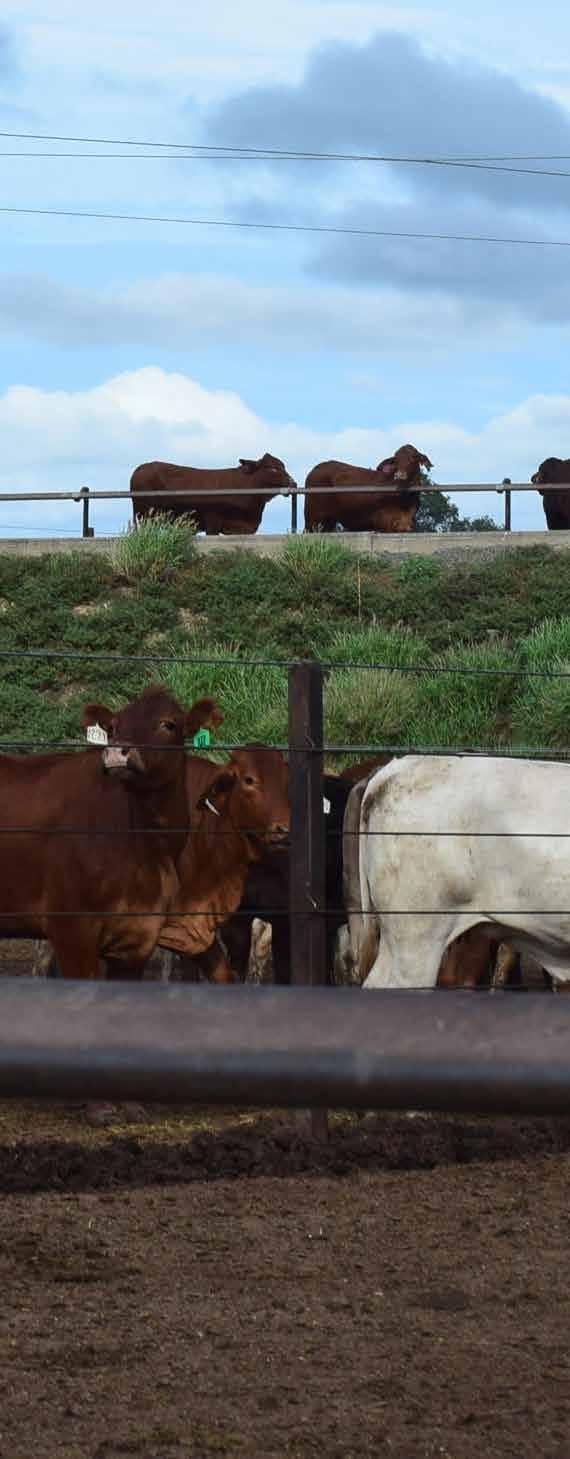
2 minute read
Stockmanship or Horsemanship
By: Ted Howard Production Animal Consultation
“As I move amongst feed yards, I field the question, ‘What do you do, is it stockmanship or horsemanship?’”
Finally, I can start an article without numb fingers and toes from our chilly winter. However I do have my hip waders on during the monsoon season in the Midwest. But enough about the weather. Instead of weather, let’s focus on the age old question that has been asked for thousands of years, “Which came first, the chicken or the egg?” Actually, let’s not, but the metaphor does set up my article on stockmanship or horsemanship.
As I move amongst feed yards, I field the question, “What do you do, is it stockmanship or horsemanship?” My elevator speech has come down to, “I teach stockmanship horseback.”
I am honored to know some great horsemen that can ask a horse to do most anything from sidepass to bow but would not be able to move cattle by understanding the different flight zones associated with each individual bovine. I also know some great stockmen that can move cattle anywhere they choose on foot; however they struggle with the same task once horseback.
Combining stockmanship with horsemanship takes concentrated effort and patience. Once you add a horse to the equation, you are now dealing with another being that you must communicate with effectively. The most successful stockmen are those that are mentally strong enough to control their own emotions.
Being able to stay mentally in control of the situation with horses and cattle is essential to a stockman’s success. A stockman that can stay patient with himself and the animals he is involved with as well as his human teammates will feel the most rewarded at the end of the day. Marrying the principles of stockmanship and horsemanship takes years and years to perfect with many opportunities to learn along the way.
As we move into our warmer months, our time to work on our horsemanship principles increases. It is during these times that we must focus on pressure and release with our horse in helping him to break at the poll and be soft in the bit to maintain a low headset. Once our horse can move off our leg pressure and be responsive to our requests, we can then perfect his part of the stockmanship equation.
Our cattle read the relationship we have with our equine partner as soon as we ride into the pen. A confident horse is one that is steady in his gait with a low headset. An unconfident horse is one that is tossing his head and fighting the bit. An unconfident horse is prancing and not steady in his gait. Our cattle notice this immediately, and their flight zone gets much bigger.
As a stockman that is horseback, we must be very patient and soothing to our horse. The trust between us must be developed outside the pen of cattle as much as possible. Once our horse trusts us, it will be much easier to earn the trust of our cattle.
Let’s enjoy our summer months and embrace the opportunities to learn and fine tune our stockmanship and horsemanship skills. Remember, patience with ourselves is the most important thing we can do to be successful. In addition, as I continue to ponder the chicken or egg question, I have concluded that both taste good in an omelet.










